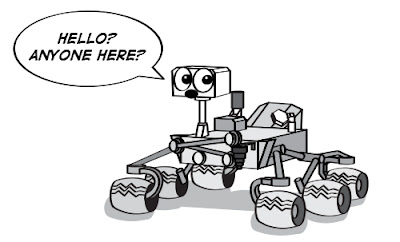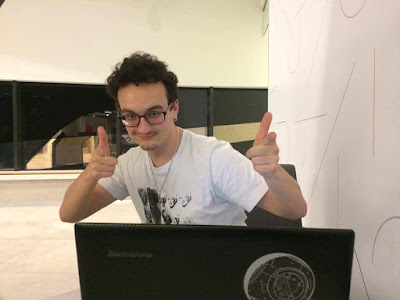This week, undergraduate space engineering student Alexandre Séguin reflects on what he might tell a high school student looking to match up their interests with a career path via a university education. In the spirit of such matching, the image above shows the Jules Verne ATV docking with the international space station (image: http://www.esa.int/Our_Activities/Space_Engineering_Technology/Flight_Safety )
by Alexandre Séguin
As the leaves turn to darker colours and the sun makes its visits shorter by the day, I find myself preparing for yet another end of term examination session. Going over my different courses, I pondered that with nearly two and a half years of progress in York’s space engineering program, I interestingly have had the opportunity to explore quite a few different engineering disciplines. I have had a taste of electrical design, programming, 3D modeling, and orbital mechanics to name but a few. When I recently volunteered at the Ontario University Fair, I took these experiences with me to share them with new prospective students. One of the most common question asked was “Why did you chose space engineering?”. I responded with what I usually say, essentially that I liked math, science, and was good at both. However, now that I have a fair amount of experience as a student of space engineering, I believe the question merits a more thorough answer. In a time where apps and silicon chips rule supreme, what is the appeal to study space engineering?
























